
Start battling diseases caused by chemical exposure and clean out your toxins!
Join transformational leader in medicine Dr. Joseph Pizzorno as he discusses the role toxic exposure plays in causing common diseases. He breaks down how the nutrient content in our food impacts the functionality of our body and how we’re exposed to potentially problematic substances.
Listen now and start feeling more vital today!
As we evolved, one of our main challenges was the lack of availability of nutrients and exposure to toxins. As a result, we’re pretty good at functioning in environments with low nutrients and high toxin exposure. However, we’ve not had the chance to adapt fast enough to newer substances such as heavy metals.
We don’t have good ways of getting rid of things like mercury and lead, so as the exposure grows, we see more diseases. Many of these chemicals are also new to nature and are difficult to break down. They build up in our bodies with half-lives spanning from years to decades. “Half-life” is how long it takes to break down half of the toxin, and some of these chemicals have such long half-lives they live in our bodies our entire lives and cause constant damage.
A third of the US population has arsenic levels that are high enough to cause stroke, diabetes, gout, and other diseases, but clinicians aren’t paying that much attention to it. Researchers have studied how the environment and food industrialization process impacts the quality and nutrients of the food we consume, but much of this research is from 100 years ago. So most of the minimal nutrient intake numbers are necessary to keep us alive; not to keep the body performing optimally.
If we’re not functioning optimally, we cannot combat the chemicals we’re constantly exposed to. For example, arsenic accounts for a quarter to a third of all the major cancer cases because it damages cell DNA. One way to protect cells from the DNA damage caused by substances like arsenic are flavonoids, which occur naturally in many fruits, veggies, grains, and roots. But we’re not getting as much protection if we’re not consuming enough flavonoids from our foods.
How our food is grown directly impacts how beneficial or harmful it will be, as many growers use pesticides in the process. We’re often encouraged to eat more organically grown foods, but fail to to realize each option has its potential problems. For example, commercially grown kale tends to be high in organophosphates, while organic foods may have increased rates of Thallium contamination, both of which are of concern.
Studies have looked into food’s nutrient and mineral content over the last 50 years and found that trace minerals were not being maintained very well and even dropped dramatically in some cases. For example, copper dropped by nearly 70% due to the types of seeds we picked and hybridized to be bigger, sweeter, and more protein-rich. Some of these foods have been hybridized to such an extent that they’ve lost the mechanism by which the plants absorb and use these nutrients, which are now gone forever.
Nutrition is just one piece of the puzzle. In terms of physical health, exercise and strength training are critical to making yourself more resilient to all medical conditions. Healthy relationships and being a part of something bigger than yourself are also important to mental and physical health.
Listen now and start reducing the impact of toxins on your body!
Joseph Pizzorno, ND is a transformational leader in medicine. As founding president of Bastyr University in 1978, he coined the term “science-based natural medicine” and lead Bastyr to become the first ever accredited institution in this field. This validated that health promotion rather than only disease treatment could be credibly taught, researched and practiced.
@drpizzorno
The Toxin Solution
Clinical Environmental Medicine
Healthy Bones Healthy You
Get free shipping.
Free Shipping
5% Discount


At home.
Blood and Urine
$179 – $439
Depending on insurance coverage.


This is a comprehensive stool test that relies on quantitative polymerase chain
reaction (qPCR) technology to detect parasites, bacteria, H. pylori, fungi, and more by targeting the specific DNA of the organisms tested. Click here for more information.
At home.
Stool
$399
Depending on insurance coverage.


At home.
Urine
$129
Depending on insurance coverage.


At home.
Swab
$299
Depending on insurance coverage.


At home or in lab.
Blood
$999
Depending on insurance coverage.


At home.
Blood, Urine, or Ticks
may have a $200 copay
Covered by most insurance.


At home.
Urine
$300
Depending on insurance coverage.


At home.
Urine
$199
Depending on insurance coverage.

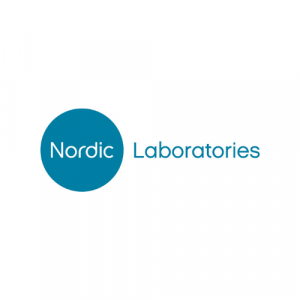
This test evaluates the genetic profile for multiple health indicators. Click here for more information.
At home
Blood Spot

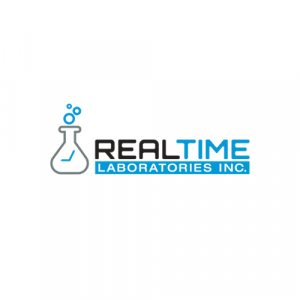
At Home
Urine
$699
Fully covered by Medicare. Repeat test prices $249


$85-$225 depending on insurance coverage.

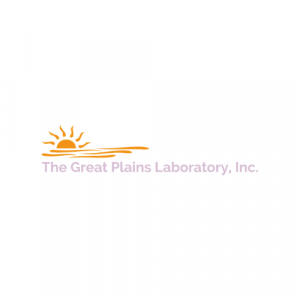

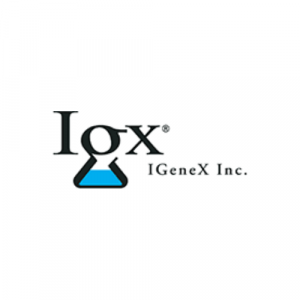
This company can test for lyme, babesia, bartonella and additional tick-borne illnesses. Click here for more information.
Blood
around $1600 (depends on panel selected)

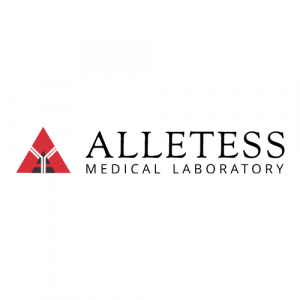
This test is designed to look at food sensitivities (IgG immune responses). It is available in both a 99 or 184 panel. Click here for more information.
Blood
$129-238


No insurance coverage


Blood




This test evaluates the gut function and indicates microbiome balance, overgrowth, infection, inflammation, parasites and digestive efficacy. Click here for more information.
$179-$439 depending on insurance coverage.


This test evaluates many measures including micronutrients, antioxidants, minerals, detox, overview of gut function, omegas and toxic exposure. Click here for more information.
At home.
Urine
$150 – $329


Blood work for blood count, urinalysis and vitamin levels.
At any Quest Diagnostics Location
Blood
You often have to fast for these tests-please check your providers notes.




$310